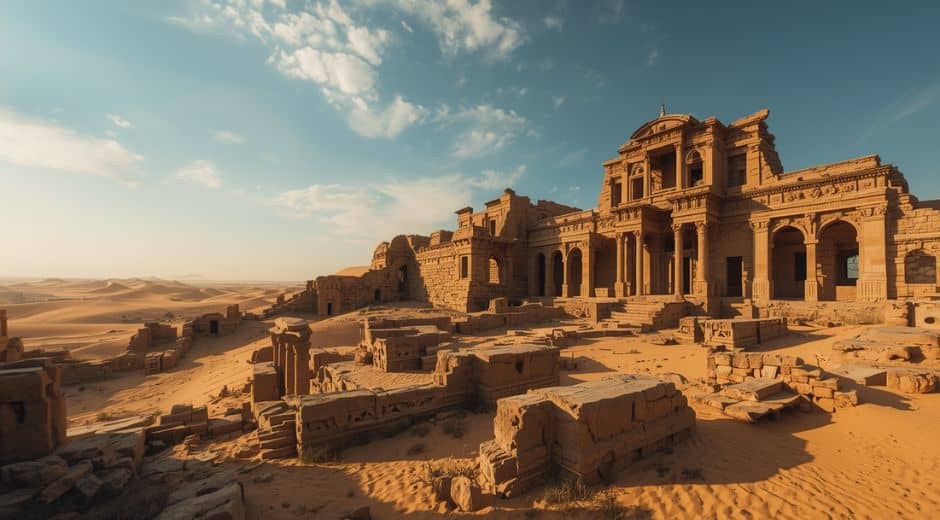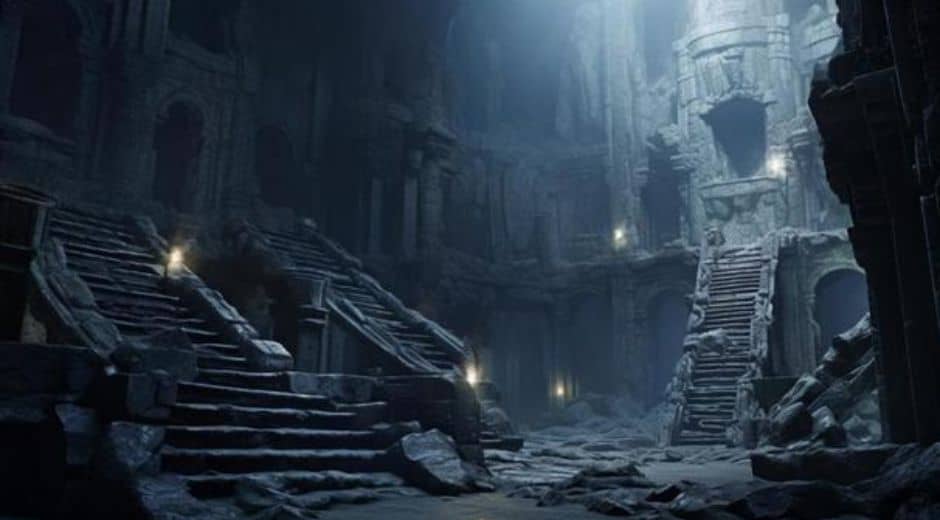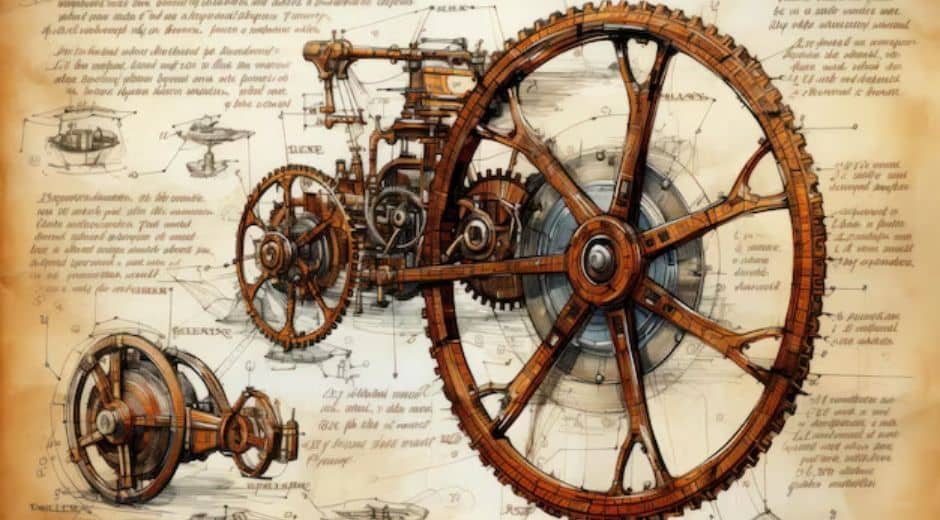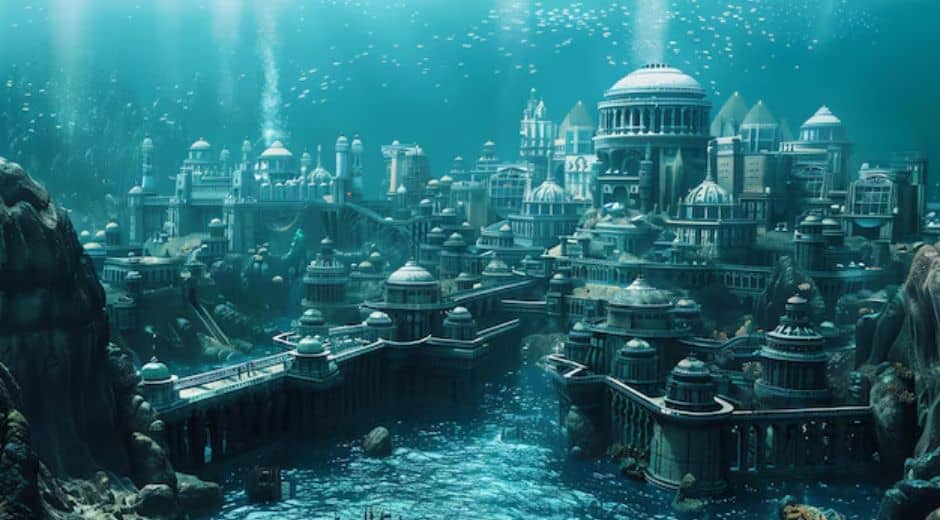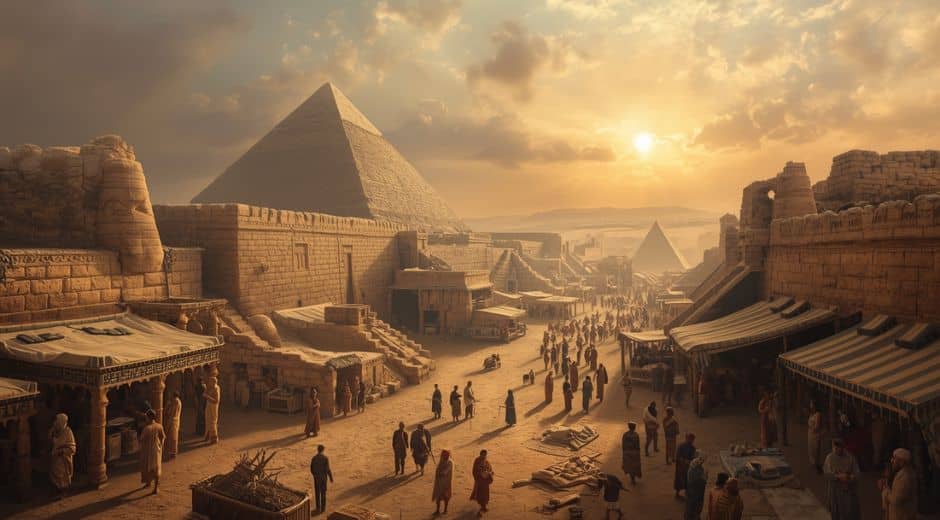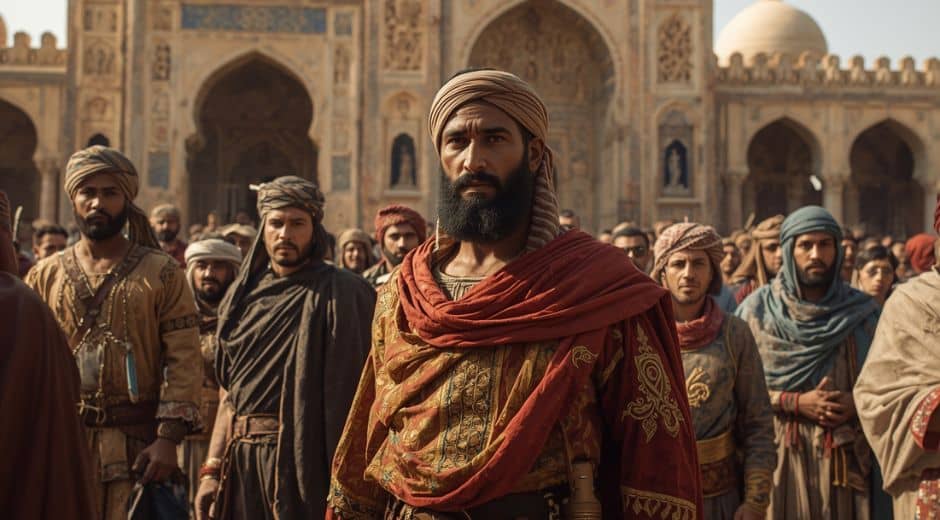The Forgotten Cities of the Sahara: Lost Civilizations
The Forgotten Cities of the Sahara: Lost Civilizations
The vast Sahara desert is not only an expanse of sand and sun; it is a repository of history, sheltering the cities of ancient civilizations. These settlements, once bustling centers of culture, trade, and governance, now lie buried beneath shifting sands, their stories almost erased by time. Exploring these Forgotten urban centers offers a window into the lives, ingenuity, and resilience of peoples who thrived in one of the harshest environments on Earth.
From architectural marvels to intricate water systems, the Sahara’s Forgotten cities reflect human creativity and adaptability. The remains of these settlements whisper tales of trade routes connecting Africa, Europe, and the Middle East, revealing a rich tapestry of cultural exchange that modern history often overlooks.
The Rise and Decline of Saharan Civilizations
The Sahara was once a fertile land dotted with rivers, lakes, and vegetation, supporting thriving communities. These cities grew as hubs of commerce, learning, and politics. However, climate changes, desertification, and invasions contributed to the decline of these societies, leaving many cities by the world.
Trade networks connecting gold, salt, and exotic goods helped these cities prosper. Places like the ancient city of Timbuktu eventually became famous, but many others remain unknown — Forgotten oases with archaeological treasures still waiting to be discovered. Understanding these lost settlements illuminates the remarkable achievements of societies that history nearly let vanish.
Architectural Wonders Beneath the Sand
The Forgotten cities of the Sahara were not only functional but architecturally sophisticated. Mudbrick palaces, fortified walls, and communal gathering spaces illustrate advanced engineering and social organization. Some cities even featured elaborate irrigation systems that enabled agriculture in the harsh desert climate.
Explorers and historians today are fascinated by these architectural feats. Publications like History provide detailed accounts of these structures, highlighting how ancient builders adapted to extreme conditions while creating visually stunning settlements. Each ruin offers insight into cultural priorities, social hierarchies, and the ingenuity of these Forgotten civilizations.
Life, Trade, and Culture in the Sahara
The daily life of inhabitants of these cities was vibrant and dynamic. Merchants traveled across vast deserts, exchanging goods, ideas, and traditions. Markets were filled with artisans, traders, and travelers, fostering cultural and technological innovations.
Religious and educational centers also flourished. Libraries, temples, and schools preserved knowledge that has sometimes been Forgotten by modern historians. These cities were hubs of learning and spirituality, influencing regions far beyond the desert. Today, uncovering these stories allows us to appreciate the Sahara’s vital role in global history.
Challenges of Preservation
Preserving the cities of the Sahara is an ongoing challenge. Harsh weather, sandstorms, and remote locations make archaeological work difficult. Some sites have been partially excavated, while others remain buried, their secrets hidden under meters of sand.
Despite these obstacles, researchers are dedicated to uncovering these Forgotten gems. Using modern technology such as satellite imaging, LIDAR, and ground-penetrating radar, archaeologists can map settlements previously thought lost. These efforts are crucial to protecting the legacy of the Sahara’s civilizations for future generations.
Stories Hidden in Ruins
Every stone in a city tells a story. Ancient inscriptions, ceremonial spaces, and remnants of dwellings reveal aspects of political life, social hierarchy, and personal stories of citizens. From triumphs to conflicts, the Sahara’s cities provide a unique lens through which we can examine human resilience.
Films and documentaries often draw inspiration from these sites. Platforms like MovieFil showcase cinematic interpretations of these Forgotten worlds, blending historical evidence with imaginative reconstructions. Through storytelling, the memory of these cities continues to captivate audiences worldwide.
The Sahara’s Role in Global History
The Forgotten cities of the Sahara were more than isolated desert outposts. They were integral to trade networks connecting Africa, Europe, and Asia. Merchants transported gold, ivory, salt, and textiles across vast distances, making these settlements critical economic and cultural nodes.
By studying these cities, we gain insight into how ancient civilizations managed resources, governance, and diplomacy. These lessons highlight the importance of adaptability, ingenuity, and cross-cultural connection — values still relevant today.
Modern Exploration and Tourism
While many Forgotten cities remain inaccessible, tourism and academic research have begun to bring these sites into public awareness. Guided expeditions allow travelers to witness the remnants of walls, temples, and roads, immersing themselves in history.
At Chronostual , we document these journeys, emphasizing responsible exploration and cultural preservation. By visiting and learning about these ancient settlements, we honor the civilizations whose stories were nearly Forgotten, ensuring their legacy endures.
Conclusion: Remembering the Forgotten Cities
The Sahara’s Forgotten cities are treasures of human history. Though buried and overlooked for centuries, they remind us of the resilience, creativity, and ingenuity of our ancestors. Each ruin, artifact, and inscription contributes to a richer understanding of civilizations that adapted to extreme environments and thrived against the odds.
By studying, preserving, and sharing the stories of these Forgotten settlements, we ensure that the Sahara’s legacy remains alive, inspiring curiosity, scholarship, and wonder for generations to come.
History Insight Legacy

The French Revolution: When the People Rose
The French Revolution ignited a new era of freedom, equality, and human rights, transforming society and inspiring movements that shaped the modern world.

Leonardo da Vinci: Genius Beyond Time
Leonardo da Vinci, the ultimate Renaissance mind, merged art, science, and imagination to redefine creativity and human potential across centuries.

The Black Death: Hidden Impact Behind the Plague
The Black Death reshaped medieval Europe in ways beyond devastation, triggering hidden social, cultural, and economic transformations that redefined civilization.
